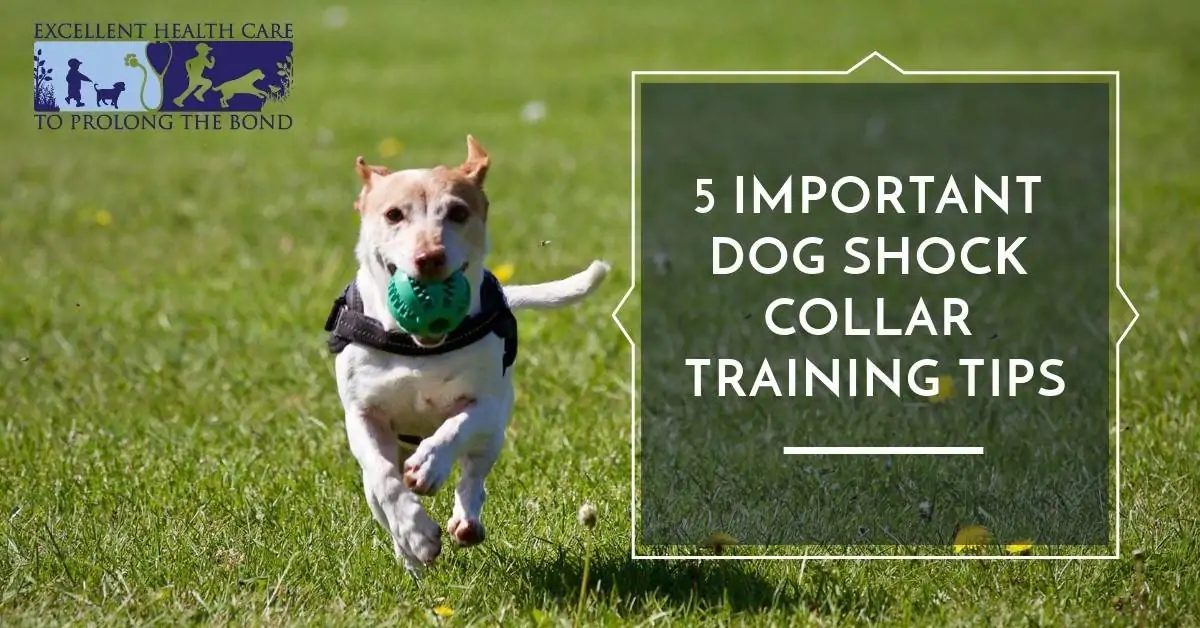
Dog shock collars are one of the controversial training strategies used to make dogs behave. However, on some occasions, dog parents are forced to resort to this strategy to control their dog’s barking or to keep him confined to the desired area.
While we do not fully agree with the idea of using these collars to instill good behavior in dogs, we would like to provide some useful tips so that you do not have to use dog shock collars for long and get the task done efficiently.
Show your dog what you need
Your pooch can find the shock collar to be overwhelming. He might take time to blend in with the new experience and you can expect lot of confusions and awkwardness. This is why we advise you to work with your dog and show him the behavior that you expect from him.
For instance, if your dog has the tendency to bark consistently, use the shock collar to let him know that something is wrong. At the same time, praise him and even provide him with some treats when he is not barking.
Let your dog get used to the shock collar
It is ideal not to use the dog shock collar right away. Let your dog get accustomed to the collar; attach it in such a manner that the prongs touch his skin. If your dog is showing some discomfort after attaching the collar, it might be because the collar is too tight or loose.
Ideally, let the collar stay for a week prior to being used. If you start using the collar right away, your dog will feel that that the collar is the problem. Using it after a week can help you to make him think that it is his bad behavior that is causing the discomfort, which is what you want.
Do not try to increase the frequency to make him understand better and faster
Some dog parents believe that using the shock collar more often and even increasing the levels/intensity of the shock will help to train their pooch faster and better. This is a complete misconception, increasing the frequency can confuse your pooch about what is expected of him and he can start behaving awkwardly.
In regards to using higher correction or intensity, it is good to start from the lower levels and keep working with your dog.
The right way to control
Do not let your dog see you using the shock collar; this can help you from preventing him from thinking that you are the reason behind the unpleasant experience.
Switch to lower correction levels with time
Dog shock collars come with different levels of corrections. The lowest level will be the vibration level. The right way to proceed the training is to reduce the correction levels and bring it down to the vibrate road. This is something that will help your pooch to think that his good behaviors are being rewarded and he feels encouraged to continue behaving.
Always remember that your goal is to stop using the shock collar. Also, understand that shock collars are not the ultimate strategy to teach your dog to behave. Sometimes, you need to consult with pet behavior specialist prior to resorting to this idea.
